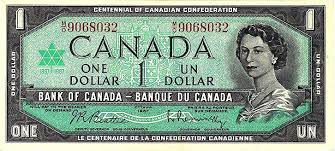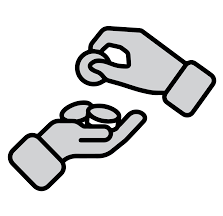 July 2022
July 2022
The decline is use of cash has been greatly exaggerated.
RBC Economics has issued a report debunking the rise of a cashless society in Canada. Canadians’ demand for easily accessible currency recently hit its highest level in 60 years despite the growth of e-commerce and virtual payments during COVID-19.
Electronic payments are faster and easier but there are costs and risks many choose to avoid. Cash remains preferred as ‘rainy day’ savings during economic unease. Cash payments are used when dealing with the underground economy which can include paying for renovations, repairs, furniture and appliances.
“Canadians appear to be driven by a desire to stash, not spend cash”
Cash withdrawals rose early in the pandemic. Notes in circulation increased to double the expected amount in 2020 and remained elevated in 2021. Nobody is sure where this cash is sitting or how it is being used. It may be sitting in drawers, stuffed in mattresses or in safety deposit boxes. People may be concerned about their ability to access funds during a major crisis, power failures or access to ATMs.
Demand for cash rose when people thought payment systems would crash in 2000, during the 2008 financial crisis, and during the pandemic. The greatest demand is for notes in denominations of $50 and $100.
Another finding in the report is that the majority of Canadians continue to use cash although the actual number of cash transactions is declining.
The amount of cash in the economy has not declined and use of electronic payments continues to rise. Nobody seems clear on who continues to use cash or for what purposes. The number of ATMs, and cash withdrawals from ATMs, is in decline.
 According to the report, “Canadians appear to be driven by a desire to stash, not spend cash.” Most appear unprepared to give up using cash.
According to the report, “Canadians appear to be driven by a desire to stash, not spend cash.” Most appear unprepared to give up using cash.







